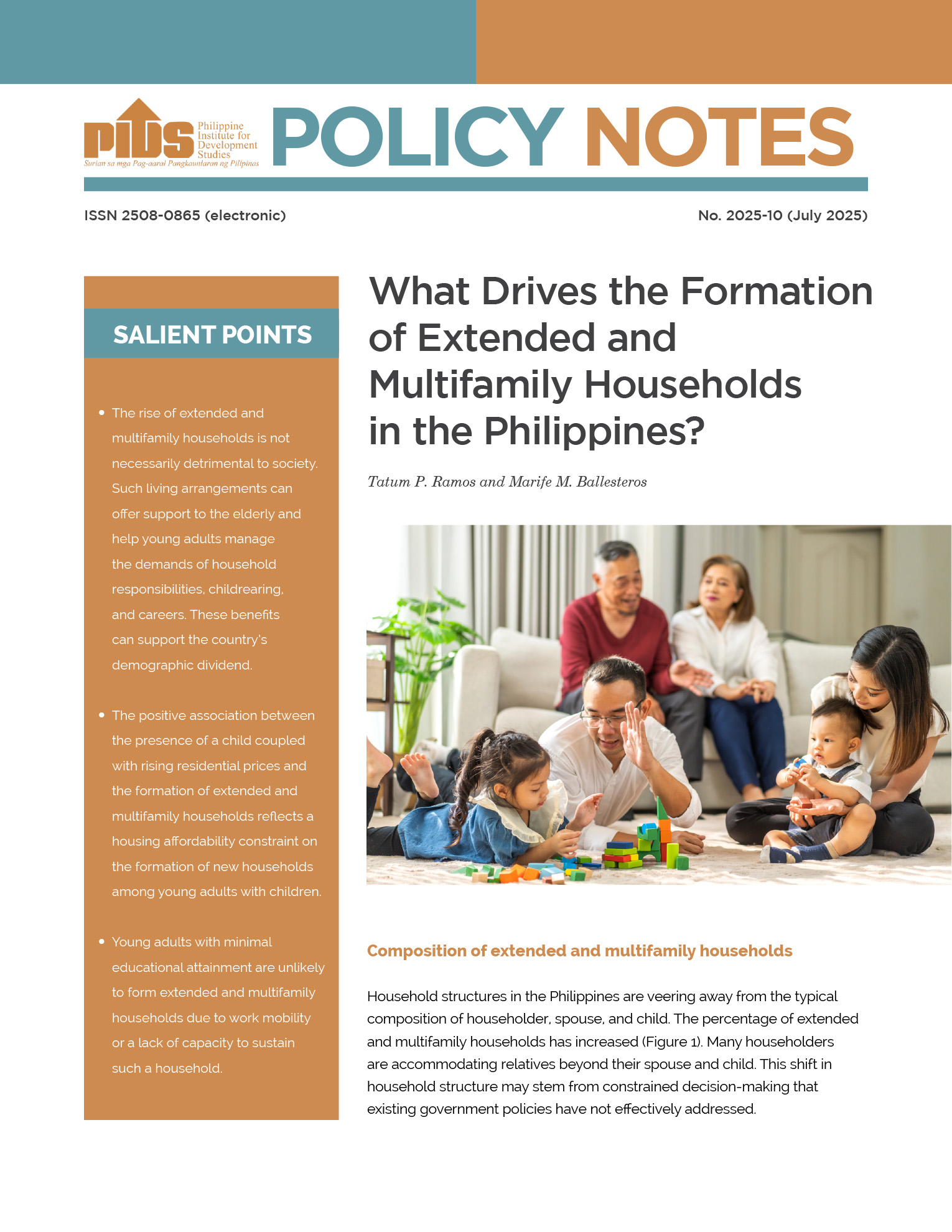The government is always claiming that the number of poor is decreasing but it cannot deny the phenomenal growth of informal settlers across the country, especially in Metro Manila, in the past decade. According to a study cited by the government-funded Philippine Institute for Development Studies, about 5 percent of Metro Manila residents were living in informal settlements in 2003. The figure went up to more than 10 percent in 2009. Two years later, the Department of Interior and Local Government submitted a report to Malacanang placing the number of informal settlers at 2.7 million or about 25 percent of Metro Manila’s population.
What did these figures prove? First, they highlighted the utter failure of the government’s Balik Probinsiya, social housing, and relocation programs. Second, poverty cannot be adequately measured by family income and household consumption. And third, wealth disparity has worsened between the rural and urban regions, and among the social classes.
It is convenient to blame runaway population growth for the rapid rise in the number of the poor; and in fact, this argument is consistently used to justify population control measures. But this reasoning puts the blame entirely on the poor without addressing the historic inequities and structural defects in society. It must be emphasized that babymaking is not a supreme evil that must be exorcised.
Perhaps a better way to explain the poverty situation in Metro Manila as a starting point is to link it with other social catastrophes such as super typhoon Yolanda and the devastation these caused in the provinces. Weather disturbances and environment disasters are undeniably great factors that contribute to the cycle of inter-generational poverty in the country.












